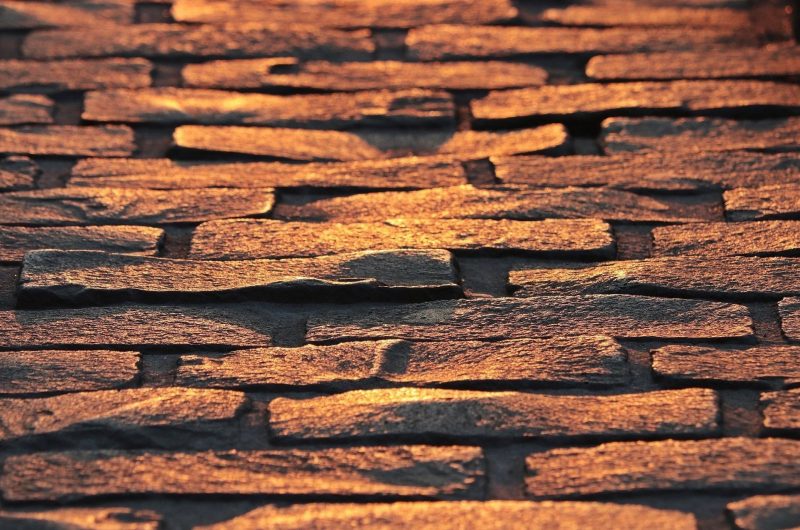You’ve heard that sealing your paver patio, driveway, or walkway can help keep it in top condition. You’ve read about the benefits of paver sealing, including: reduced stains, easier ability to clean, fewer weeds growing in joints, less movement, and more. And now you’re looking at everything that goes into the paver sealing process more closely.
Perhaps you’re thinking about hiring someone to seal your pavers. But before you commit, you want to find out exactly what takes place during the paver sealing process. What does it entail? How might it inconvenience you during installation? Is it something that you might be able to do on your own?
The paver sealing process isn’t as complicated as you might think. In fact, we can explain the whole thing in just a few simple steps… (Before following the steps below, check out these four steps to do before you start the process of sealing your pavers)
Step One of the Paver Sealing Process: Pressure Wash the Area
Before any sealer is applied, the entire area that’s to be sealed needs to be cleaned. This ensures that the sealer goes on smoothly and uniformly. It also keeps any dirt or grime from being sealed down into your pavers.
You’ll want to power wash every square inch of the application area. And you may even want to consider using a surface cleaner rather than a wand to ensure maximum cleanliness.
After getting the area clean, you’ll want to rinse it so any remaining cleaner or grime is completely removed.
Step Two of the Paver Sealing Process: Prepare the Joints
If you’re resealing, you’ll want to remove enough of the old sand between the pavers. Then, whether sealing or resealing, you’ll add sand 1/8” below the chamfer edge of the paver and use a low-intensity water hose nozzle to spread the sand around the paver area, letting it seep into the joints.
Make sure that the sand does not completely cover the joints and that it doesn’t rise to an equal level with your pavers. If your pavers are oversanded, they won’t seal properly.
Step Three of the Paver Sealing Process: Apply the Sealer
Mix your sealer together thoroughly in order to prepare it for application. If it’s water-based, you’ll also want to mix in the water. Once you’ve put the final mixture in your sprayer, you can begin spraying it evenly across the area to be sealed. Apply it in overlapped rows so you don’t miss any spaces.
Don’t be shy with the sealer. Lay down a liberal amount so that the joint sand is well stabilized. When you begin spraying, you’ll notice that it has a slightly milk-like color. Don’t worry, it will dry clear. After you’re finished applying your first coat, you can immediately apply another.
Step Four of the Paver Sealing Process: Clean your Sprayer
Once you’re finished applying the sealer, you’ll want to clean your sprayer so that it doesn’t get clogged up with sealer. To clean it, just combine 1.5 pounds of baking soda with 3 gallons of water. Then, run it through your sprayer. Once you’re finished with that, run nine more gallons of fresh water through until the water coming out is completely clear.
Hopefully this has cleared up some of the mystery of the paver sealing process. And now you’re prepared to decide whether this is something that you want to attempt on your own or whether it’s something you’d rather hire someone else to take care of. Whichever you decide, you can be confident that sealing your pavers will leave you with a space that remains beautiful well into the future.
For more information about our paver sealer products click here!

